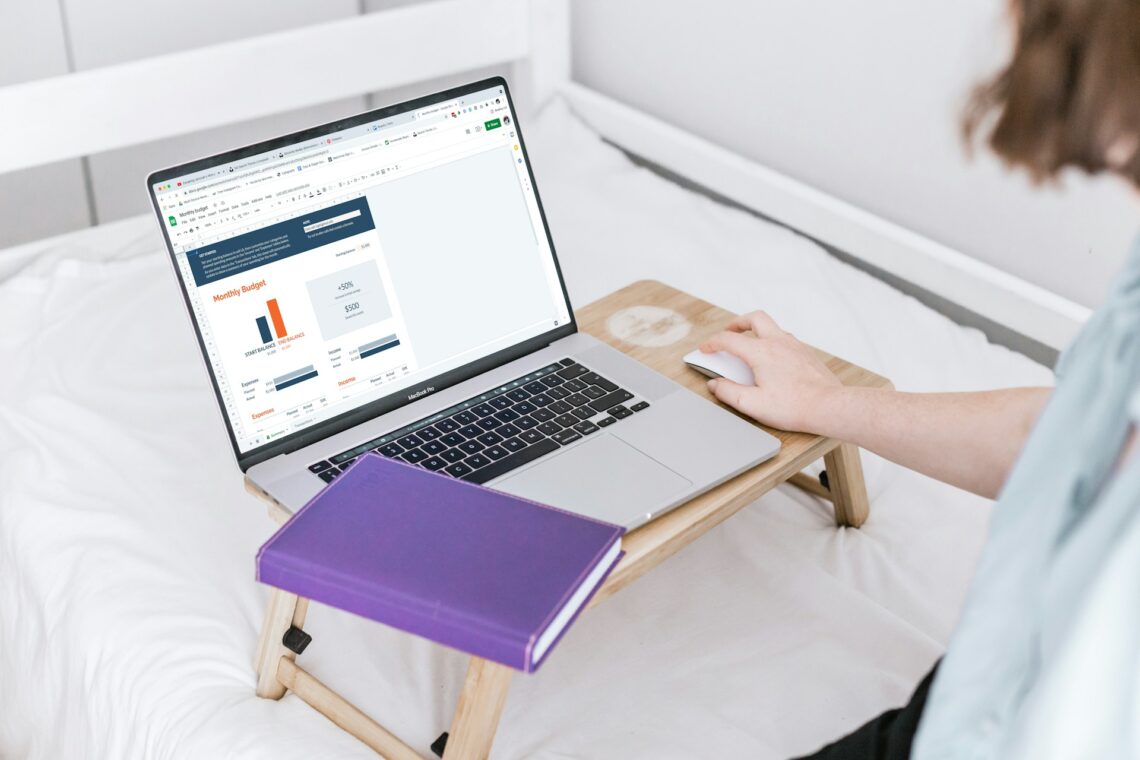The superannuation gender gap has narrowed over the past decade, but more work still needs to be done. Here’s how you can help close the gap even further.
Women have narrowed the superannuation gender gap by making significantly higher voluntary contributions to their funds as they near retirement, latest Rice Warner research shows.
This is backed up by Roy Morgan research, which shows the average superannuation balance held by females in 2008 was $68,000 – just 59.1% of the male average of $115,000.
Since 2008, however, awareness campaigns have helped increase the average female superannuation balance to $127,000 – 72.2% of the average male average balance ($176,000).
Why the gap?
The recent report from Rice Warner says the superannuation gender gap is a result of many factors, including lower salaries, lengthy career breaks, and more periods of part-time work.
“Unfortunately, this trend is exacerbated, as statistics show that women retire earlier than men, and live nearly three years longer, giving them a longer period in retirement over which to spend their retirement benefit,” the report states.
Leaving it late
Women can – and do – narrow the gap by making higher super contributions later in life.
While both sexes tend to make similar voluntary contribution amounts before they hit 50-years-old, from then on females tend to make significantly higher voluntary contributions.
In fact, for the 60 to 64-year-old cohort, females tend to make $37,000 in average voluntary contributions compared to $22,000 for males – a $15,000 difference.
Still plenty to be done
In the absence of immediate social change and equality, here are six key strategies you can use to help close the gap.
1. Start making voluntary contributions earlier in life. The laws of compounding interest mean that $10,000 in voluntary contributions in your 30s grows into a much bigger nest egg when you reach your 70s than it does if you start in your 50s.
2. Leverage Low Income Superannuation Tax Offset (LISTO). Low-balance members can receive up to $500 in government contributions per year with females being favoured for these contributions as a result of their lower balances.
3. Leverage government superannuation co-contribution. The government makes available $500 per annum to match contributions for low to medium income members who make personal contributions.
4. Salary sacrifice. Check with your employer to see if they will let you salary sacrifice into superannuation. Doing so can boost your retirement nest egg in a tax effective way.
5. Reconsider your risk appetite. A 2016 NAB survey found that women across the country are “missing out on tens of thousands of dollars in savings during their lifetime because of their tendency to shy away from taking appropriate levels of risk in their portfolio”.
6. Check how your fund is performing. Don’t settle for any old super fund. Do a little digging to see how its performance stacks up against its competitors. APRA just announced that it will turn its attention towards underperforming super funds – but don’t wait for them, get on the front foot yourself!
Get in touch
If your household would like help closing the superannuation gender gap then don’t hesitate to get in touch.
We’d be more than happy to help you get the ball rolling on any of the above options – as well as a few others we have up our sleeve – to help set you up for a comfortable retirement.
Disclaimer: The content of this article is general in nature and is presented for informative purposes. It is not intended to constitute financial advice, whether general or personal nor is it intended to imply any recommendation or opinion about a financial product. It does not take into consideration your personal situation and may not be relevant to circumstances. Before taking any action, consider your own particular circumstances and seek professional advice. This content is protected by copyright laws and various other intellectual property laws. It is not to be modified, reproduced or republished without prior written consent.



